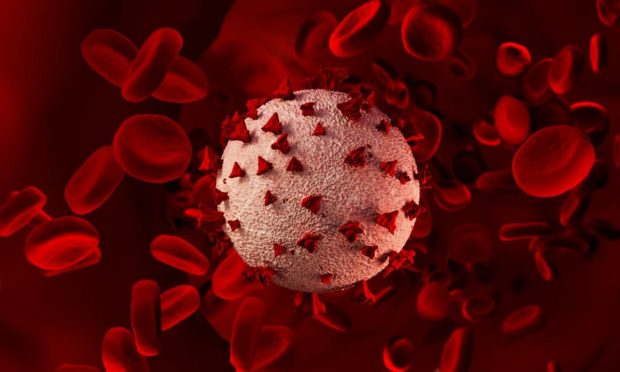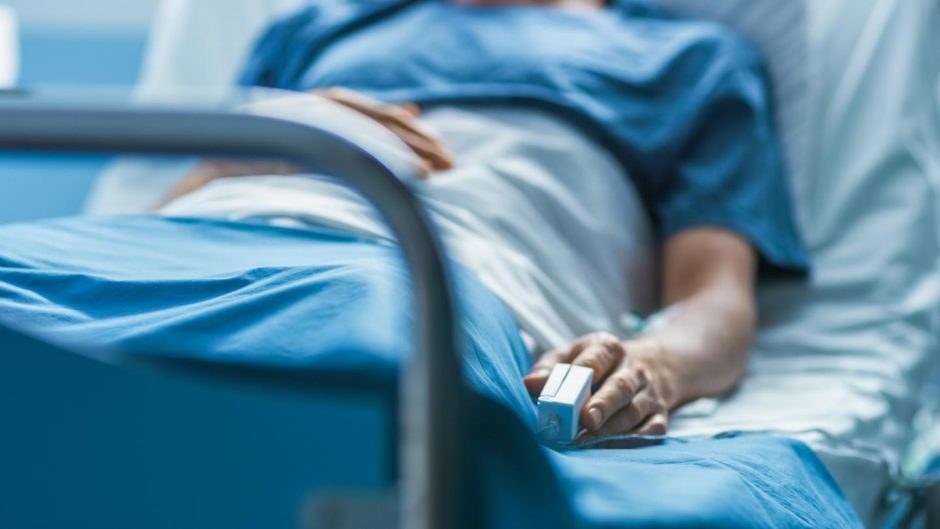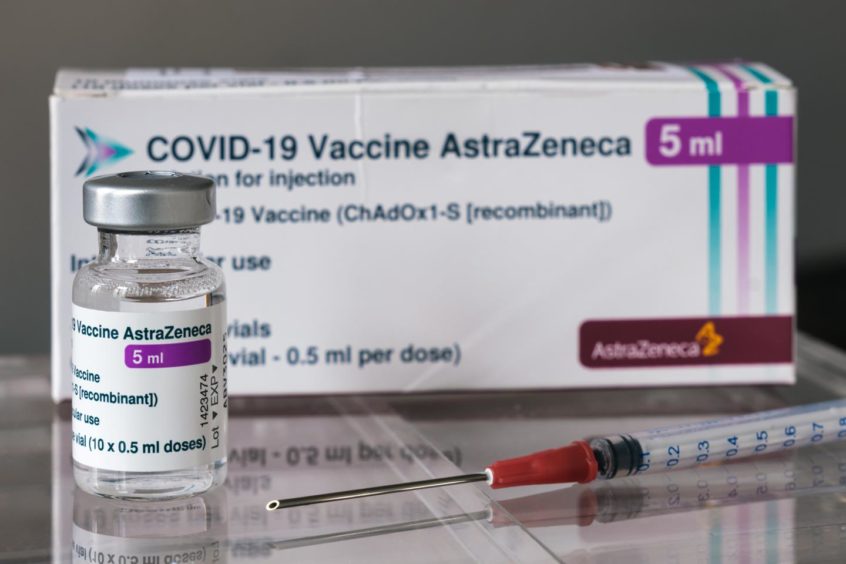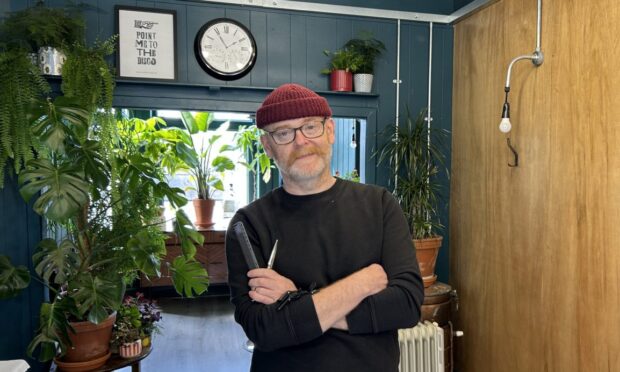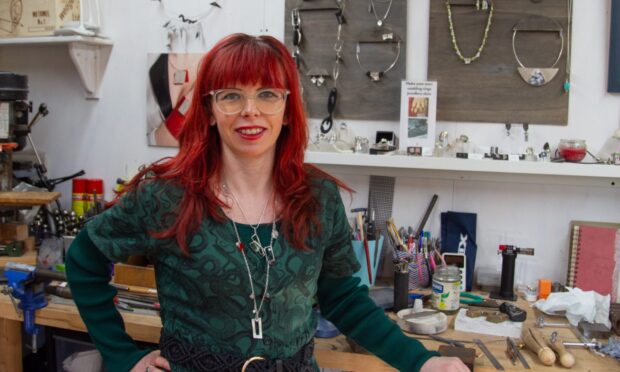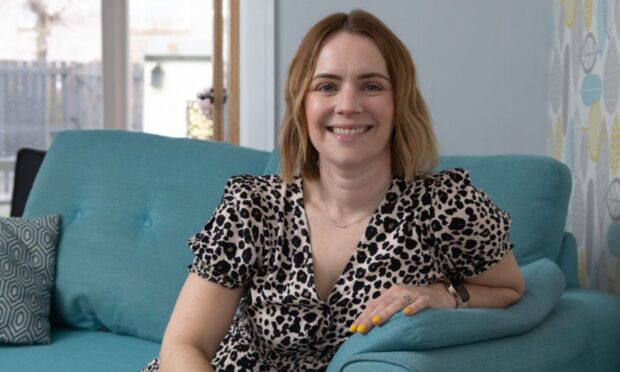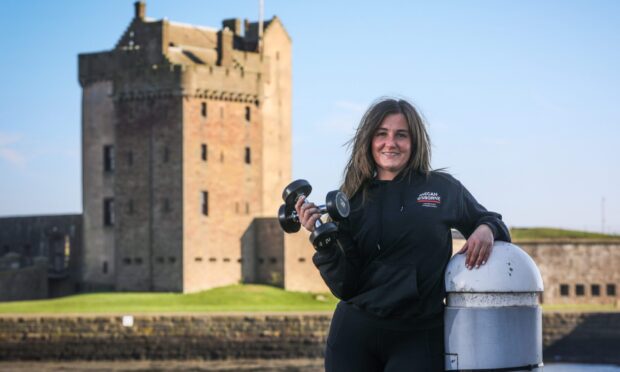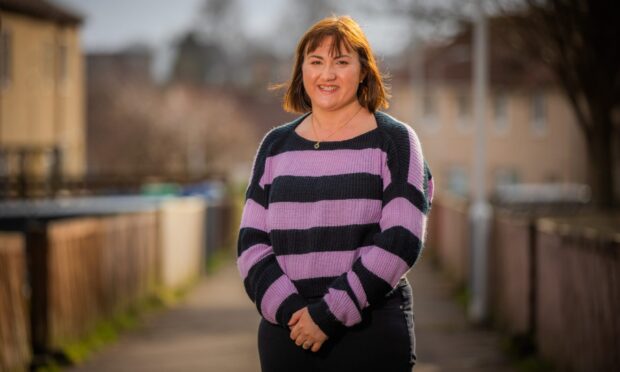The Covid-19 vaccine programme has been dominated by questions about blood clots and safety. But what do we really know about the link between the virus and blood clotting?
New research has discovered recent Covid-19 infection puts patients who have had surgery at higher risk of fatal blood clots.
Covid-19 and surgery
Researchers at Birmingham University revealed patients currently or previously diagnosed with coronavirus are more likely to develop postoperative venous thromboembolism (VTE) than those with no history of Covid-19 infection.
VTE has been noted as number one preventable cause of death in hospitalised patients.
Symptoms of a blood clot include:
- Throbbing or cramping pain, swelling, redness and warmth in an arm or leg
- Sudden breathlessness, sharp chest pain, a cough or coughing up blood
If left untreated, blood clots can cause serious damage to the brain, heart and lungs.
In the worst cases, they can be fatal.
The study found those who develop VTEs had five times increased risk of death within 30 days after surgery.
Patients hospitalised with Covid-19 have previously been shown to have a high risk of VTE – between 9% and 26% despite the use of preventative drugs, and as high as 31% in patients within critical care settings.
The study analysed data from 128,013 patients in 1,630 hospitals across 115 countries.
Patients involved were at different points in their coronavirus diagnosis, from diagnosis seven weeks before surgery to 30 days after surgery.
Can Covid-19 cause blood clots?
There is evidence to suggest Covid-19 could be a cause of blood clotting.
According to researchers at Ohio State University, Covid-19 can cause severe inflammation, which can trigger the body’s clotting system.
Immobility is linked to increased risk of blood clotting – and those who are unwell with coronavirus won’t be moving around as much as usual and are therefore at higher risk.
Similarly, research carried out at Imperial College London found inflammation and blood clotting seen in severe Covid cases may be caused by antibodies activating unnecessary platelet activity in the lungs.
Blood clotting and the Oxford vaccine
We’re all aware of the “very rare” blood clotting risk linked to the Oxford AstraZeneca vaccine, which led to under-40s being offered a different jag in the UK.
According to the European Medicines Agency (EMA), 62 cases of cerebral venous sinus thrombosis and 24 cases of splanchnic vein thrombosis were reported as of March 22, 2021. And 18 of those were fatal.
At the time, around 25 million people had received the Oxford vaccine.
The EMA says “the reported combination of blood clots and low blood platelets is very rare, and the overall benefits of the vaccine in preventing Covid-19 outweigh the risks of side effects.”
Preventing blood clots
Blood clots can be scary, but there are plenty of things you can do to try and prevent them:
- Going for regular walks
- Drinking plenty of water
- Cutting down on alcohol and smoking
